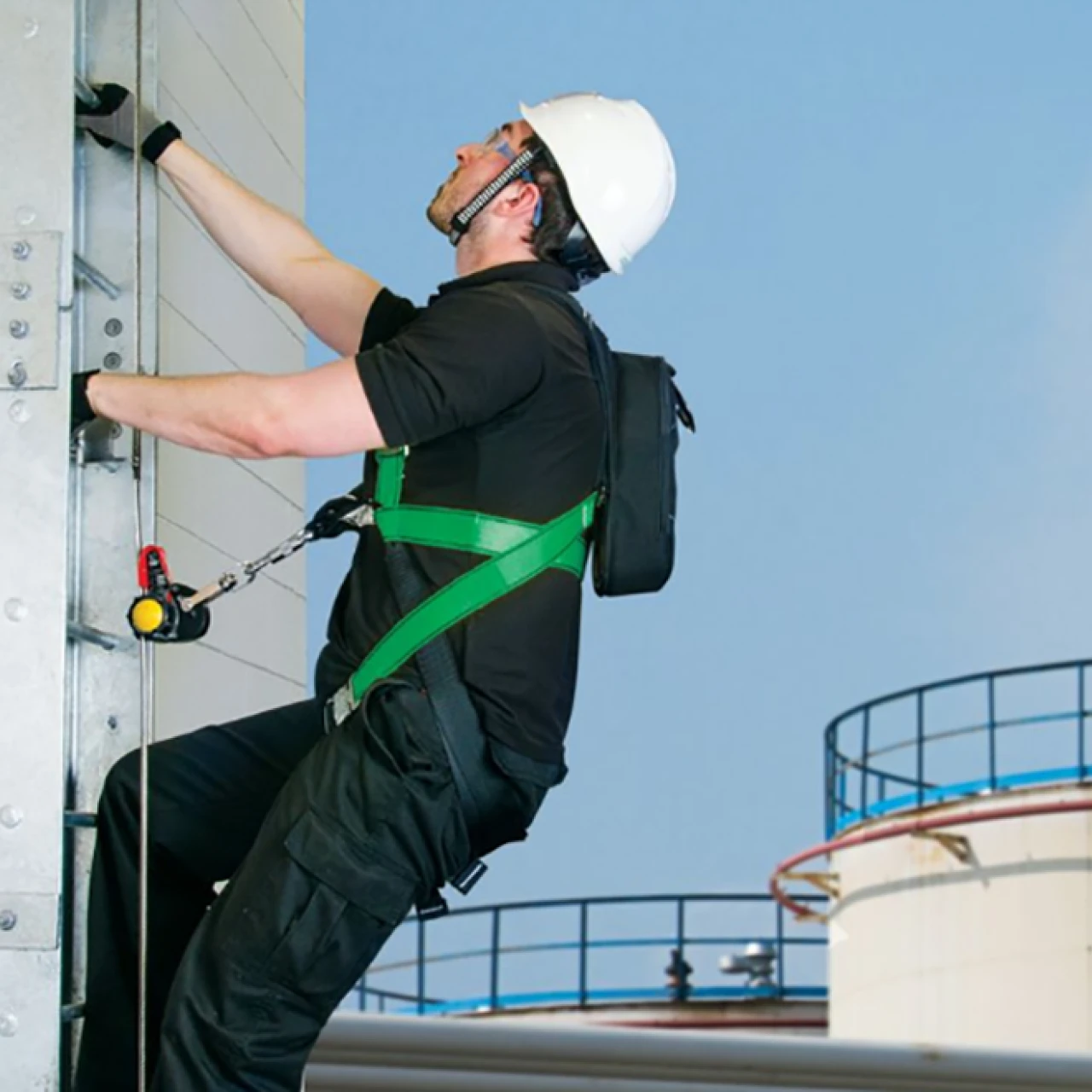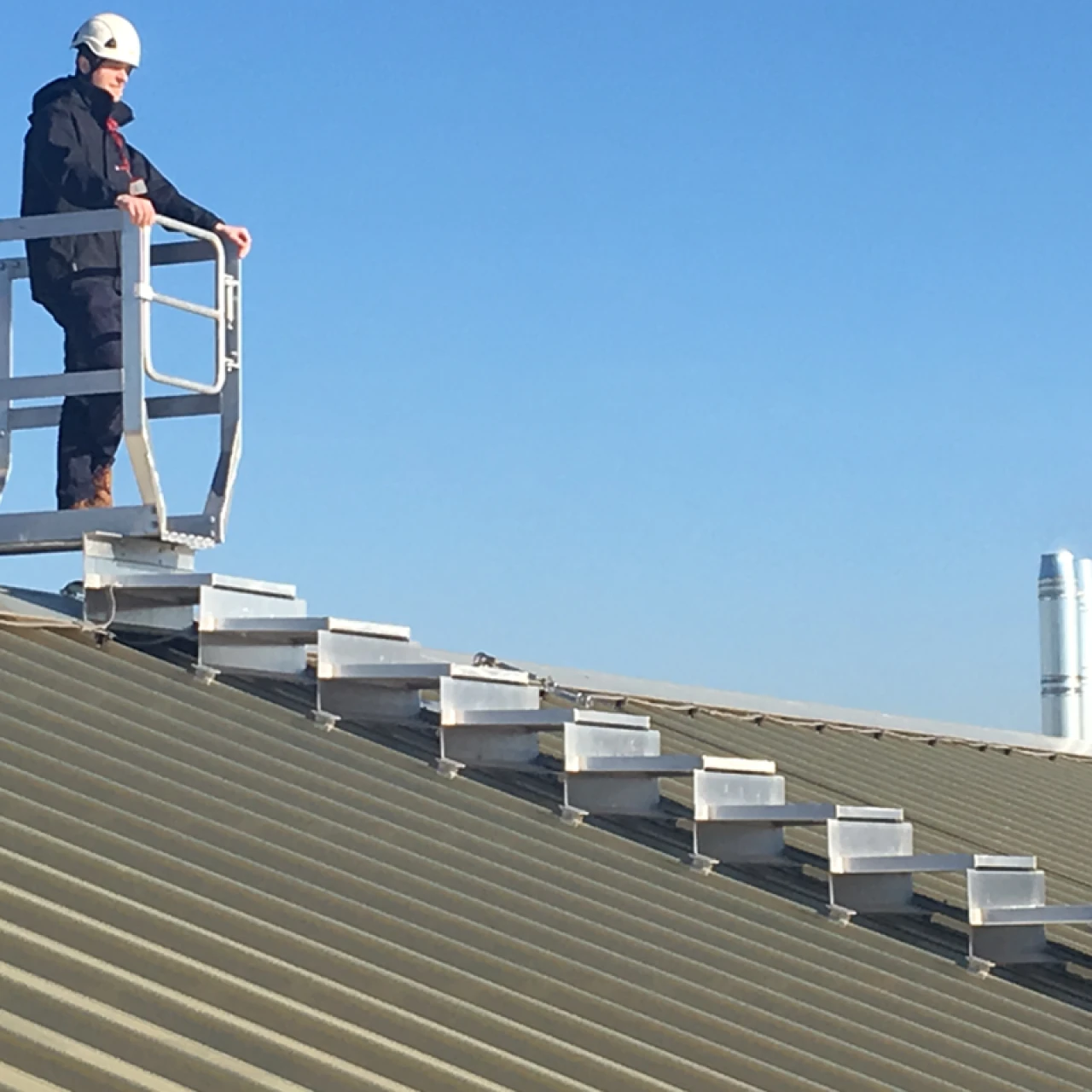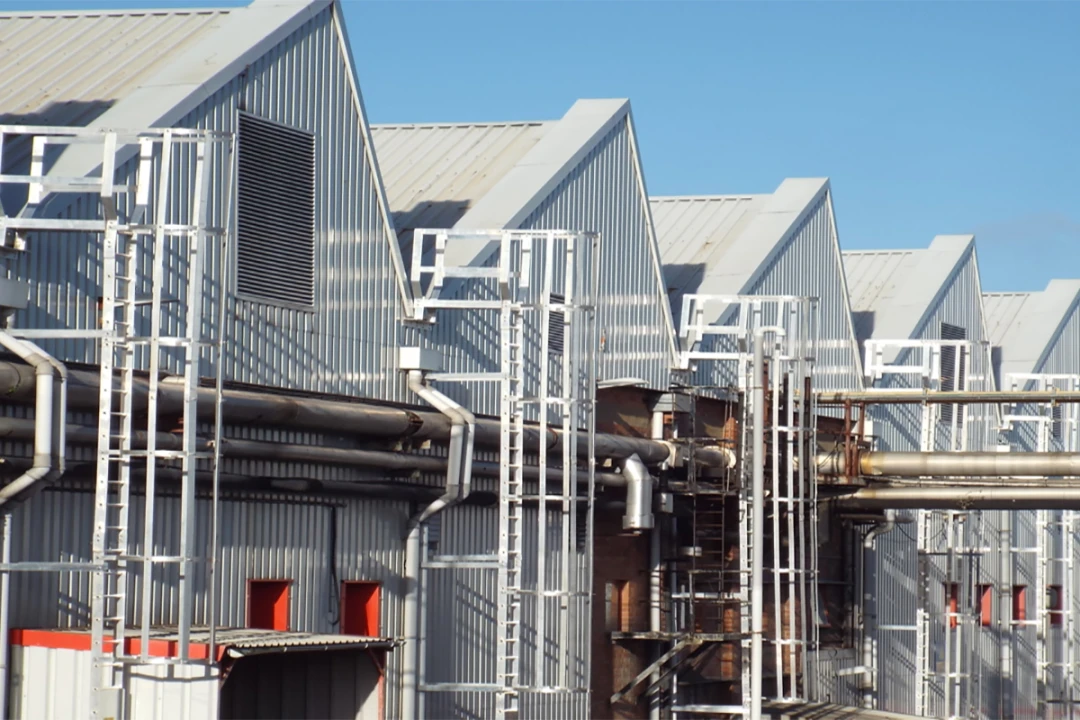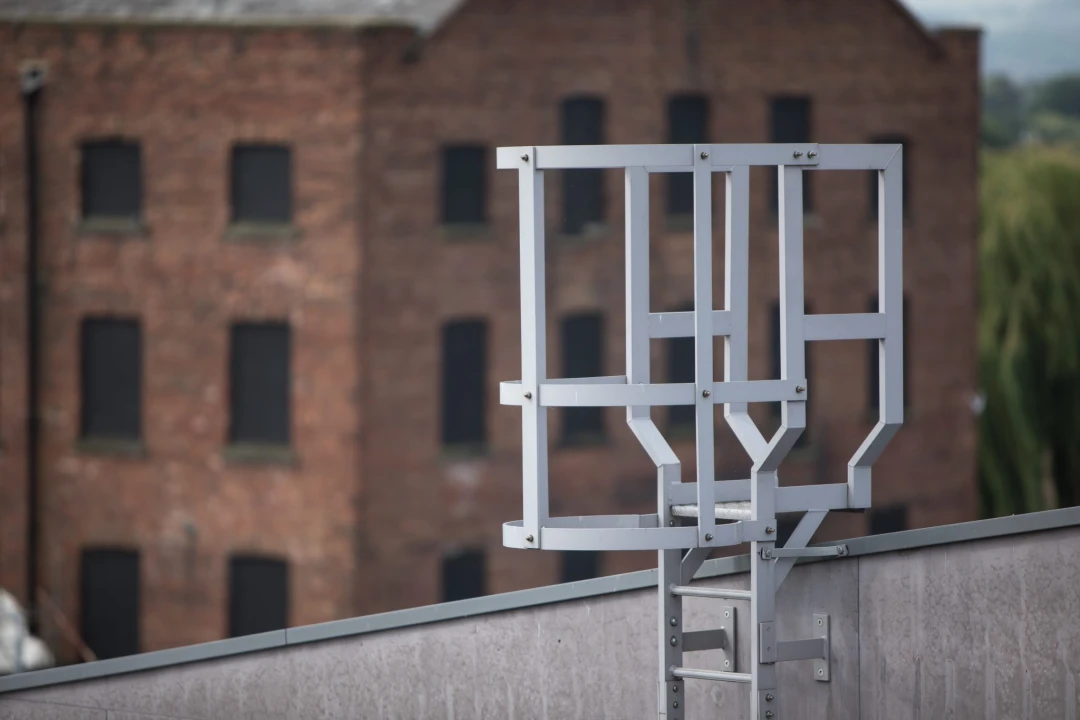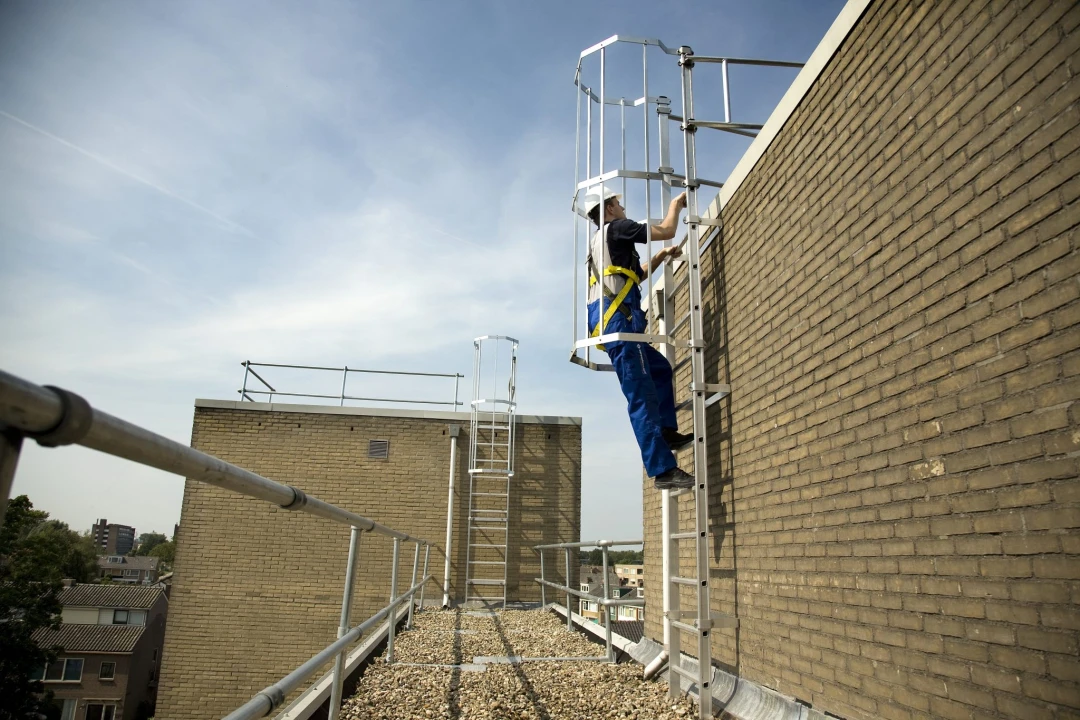
- Knowledge Base
- Tips & Explanations
- A guide to different types of ladders
A guide to different types of ladders
Ladders are indispensable tools in various industries and for countless DIY projects. However, not all ladders are created equal. Understanding the different types of ladders and their specific uses is essential for both safety and efficiency. Here, we'll explore the most common types of ladders and their applications.
Step ladders are one of the most versatile types and commonly found in homes. They feature a self-supporting A-frame design with two sets of evenly spaced steps.
Ideal for tasks like painting, changing light fixtures, or accessing high shelves, step ladders provide stability and are easy to store.
These ladders are designed to extend to various heights and consist of multiple sections that slide or telescope into one another.
Extension ladders are used for outdoor tasks like cleaning gutters, trimming trees, or reaching high roofs.
Platform ladders are similar to step ladders but come with a larger, flat-top platform. They offer a stable surface for the worker and their tools.
Perfect for tasks that require extended periods at height, such as electrical work, carpentry, or maintenance.
Telescoping ladders are compact, portable ladders that can extend to different heights by sliding each section inside the other.
These are highly versatile and space-saving, making them suitable for various tasks, especially for professionals on the go.
These ladders are specifically designed for accessing attics. They are hinged and fold up into the attic space when not in use.
Great for homeowners who need occasional access to their attic for storage or maintenance.
Multi-position ladders can be adjusted to various configurations, such as a straight ladder, step ladder, or scaffold.
Ideal for tasks requiring adaptability, like painting stairwells, working on uneven surfaces, or as a scaffolding substitute.
Fiberglass ladders are electrically non-conductive and resistant to corrosion, making them ideal for electrical work and outdoor use.
These ladders offer excellent safety in potentially hazardous environments.
Wooden ladders are durable and aesthetically pleasing but are less common nowadays due to their weight and potential for splintering.
They are suitable for some specialized tasks or for those who prefer a traditional look.
Lightweight and corrosion-resistant, aluminium ladders are popular for general use and are easy to transport.
They are excellent for a wide range of indoor and outdoor tasks, such as painting and maintenance.
These ladders come with wheels or casters, allowing for easy mobility within a specific area. They're commonly used in warehouses and libraries for accessing high shelves.
Understanding the various types of ladders and their intended purposes is crucial for ensuring safety and efficiency in your work or projects. Whether you're a professional tradesperson or a DIY enthusiast, choosing the right ladder can make all the difference in getting the job done effectively and safely.
Learn more about...


